Description
Caring for your Snake Plant
Snake plants, or Sansevieria, are among the most resilient and easy-to-care-for houseplants available. Named for the unique, scale-like pattern on their leaves and the upright growth habit that resembles snakes ready to strike, these plants are incredibly tolerant of a wide range of conditions. They can survive low light levels, drought, and have few pest issues.
Light
First and foremost, lighting is crucial for your snake plant’s health. While snake plants are often touted for their ability to survive in low-light conditions, this doesn’t mean they prefer it. In fact, they thrive in indirect, bright light. Direct sunlight may lead to scorching, so if you have a particularly sunny spot, consider filtering the light or moving your snake plant a little further from the window. However, they will tolerate lower light conditions better than many other houseplants.
Water
Snake plants are succulent-like in their watering needs, meaning they’re adapted to environments where water is scarce. They have thick, waxy leaves which store water, and as such, overwatering can be more detrimental than underwatering. Let the soil dry out completely before watering your plant thoroughly, allowing excess water to drain away. Overwatering can cause root rot, a serious issue that can lead to the death of your plant.
In winter, snake plants enter a dormancy period and need even less water. Cut back your watering schedule during the colder months and only water when the plant’s soil is completely dry.
Temperature
Native to West Africa, snake plants prefer warm conditions and will tolerate dry air. However, they’re hardy enough to withstand cooler temperatures, making them versatile for different indoor conditions. Aim to keep the temperature around your snake plant between 70-90°F (21-32°C).
Humidity
Although snake plants can handle dry environments, they also thrive in more humid conditions. If you live in a particularly dry area, you may want to increase the humidity around your snake plant. This can be done by using a pebble tray filled with water or a room humidifier.
Soil
Snake plants prefer a well-draining soil mix, similar to what you would use for cacti or succulents. A good mix could be one part perlite or sand, one part garden soil, and one part peat. The key is to ensure that the roots are not left in standing water.
Fertilizer
During the growing season (spring and summer), a monthly dose of a balanced houseplant fertilizer can help support growth. However, this is not strictly necessary, and you should avoid fertilizing altogether in winter.
Repotting
Snake plants are slow growers and generally don’t need to be repotted often, perhaps only once every 2-3 years. When the roots begin to coil around the pot’s inside or grow out from the bottom, it’s a sign that the plant needs a larger home.
Choose a pot that’s only slightly larger than the current one—too large a pot can lead to overwatering issues. Always use a pot with a drainage hole, as this will help prevent water from sitting in the bottom and causing root rot.
Propagation
Snake plants are easy to propagate, which is great news if you want to increase your plant collection or share with friends. You can propagate through leaf cuttings or division.
For leaf cuttings, cut a leaf into 2-3 inch sections, let them callous over for a day or two, then plant them cut-side-down in a fresh potting mix. Keep the soil slightly moist until roots form.

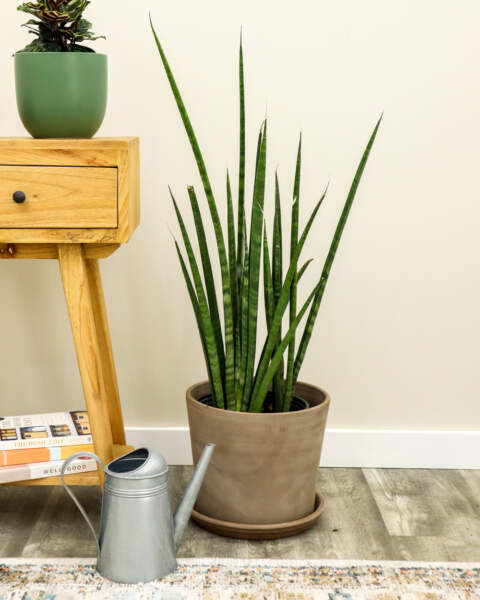
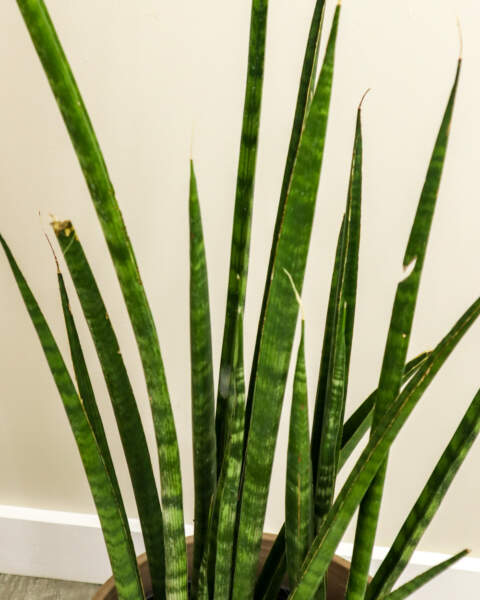
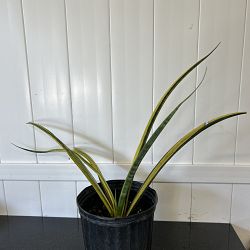
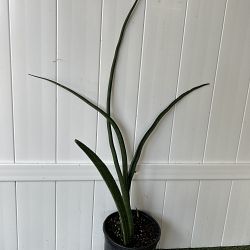
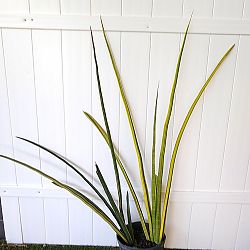



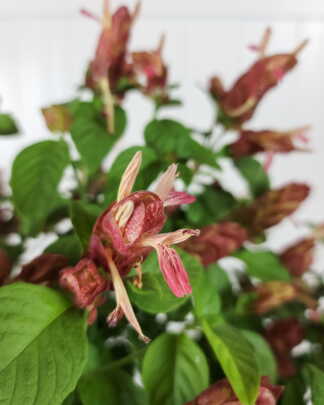
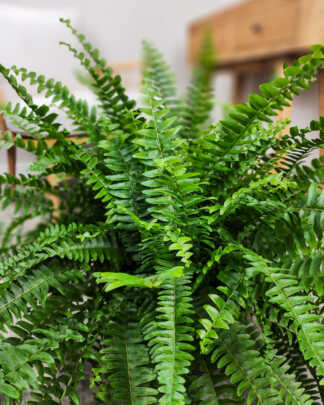
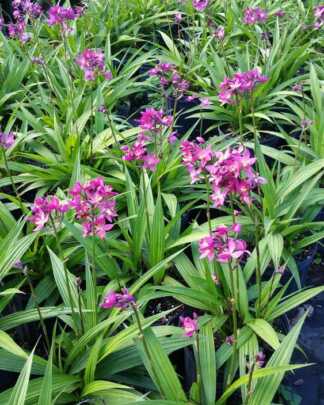
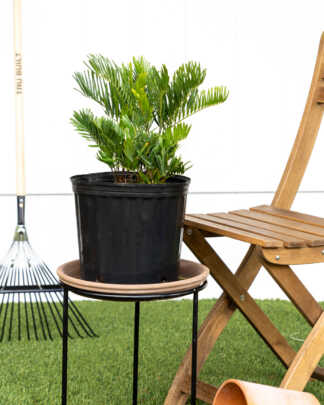
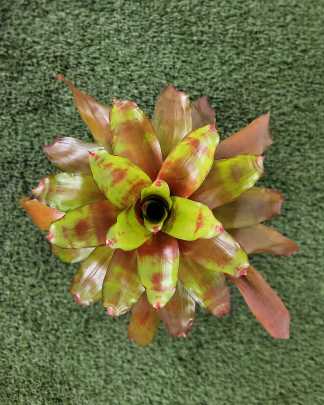


Virginia G (verified owner) –
Awesome plant.